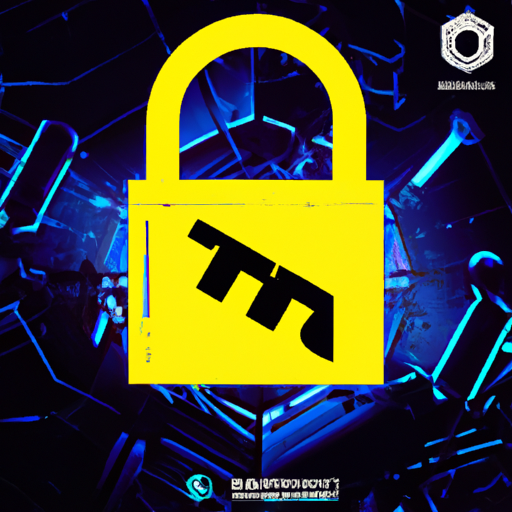Binance Source Code Leaked: Understanding the Potential Risks
Key Points:
- Binance’s source code has been openly accessible on a GitHub repository for several months.
- The leaked code reportedly contains highly sensitive information that could pose security risks.
- Binance claims that the leak poses only a negligible risk to its users and platform.
- Experts emphasize the importance of robust security measures and continuous code reviews.
- The incident highlights the need for exchanges to prioritize safeguarding user data.
Keeping the Crypto Community on Edge
News recently broke that Binance, one of the leading cryptocurrency exchanges, had inadvertently made its source code openly accessible on a public GitHub repository for months. Journalists at 404 Media stumbled upon what they claim to be a “highly sensitive cache of code,” igniting concerns about the potential risks associated with this breach of security.
Binance, known for its reliable infrastructure and commitment to user security, has swiftly addressed the situation, asserting that the leaked code poses only a negligible risk. The exchange has assured its users that no sensitive user data or funds were compromised due to this incident.
However, this revelation has undoubtedly left the crypto community on edge. The leaked source code reportedly contains proprietary information and may offer valuable insights into Binance’s trading algorithms, security protocols, and infrastructure. While Binance maintains that the impact of this leak is minimal, experts suggest that any unauthorized access to such data could potentially lay the groundwork for future attacks.
The Importance of Robust Security Measures
This incident serves as a reminder of the criticality of robust security measures within the cryptocurrency industry. As the crypto space continues to evolve, exchanges need to stay a step ahead in protecting user data and assets. Regular code reviews and vulnerability assessments are vital in identifying and addressing potential weaknesses promptly.
While Binance quickly resolved the source code leak, it is essential for all exchanges to learn from this incident and reinforce their security protocols. Stringent access controls, threat monitoring systems, and encryption techniques are some of the core practices that can enhance the security posture of crypto platforms. Continuous testing and auditing should be implemented to identify vulnerabilities and patches, ensuring an even safer trading environment for users.
Prioritizing User Data Safeguarding
The Binance source code leak should serve as a wake-up call for all cryptocurrency exchanges. Safeguarding user data and funds must be a top priority. In today’s digital age, where cyber threats lurk at every corner, it is crucial for exchanges to create a culture of security awareness and adopt state-of-the-art security measures.
To restore confidence in the crypto community, exchanges must be transparent about security incidents and demonstrate their commitment to protecting user assets. Increased cooperation between exchanges, regulatory bodies, and independent auditors can help establish industry-wide best practices and ensure the long-term sustainability of the cryptocurrency ecosystem.
Hot Take: Upholding Security Standards Will Determine Crypto’s Future
As cryptocurrencies gain mainstream recognition, ensuring the security and integrity of the underlying platforms has become a paramount consideration. The Binance source code leak serves as a noteworthy event, emphasizing the need for continuous vigilance and improvements in security practices across the industry.
While Binance reassures its users that the leak poses limited risks, the incident highlights the importance of maintaining utmost diligence. Exchanges must remain proactive in defending against potential vulnerabilities and rapidly addressing any security breaches that do occur. By prioritizing user data safeguarding, implementing robust security measures, and fostering a transparent ecosystem, the crypto industry can build trust and drive the widespread adoption of digital currencies in the years to come.
